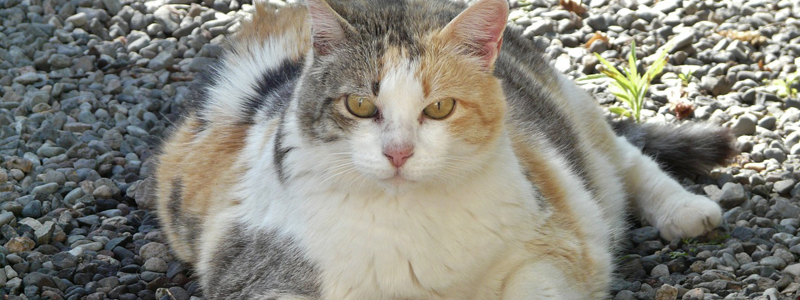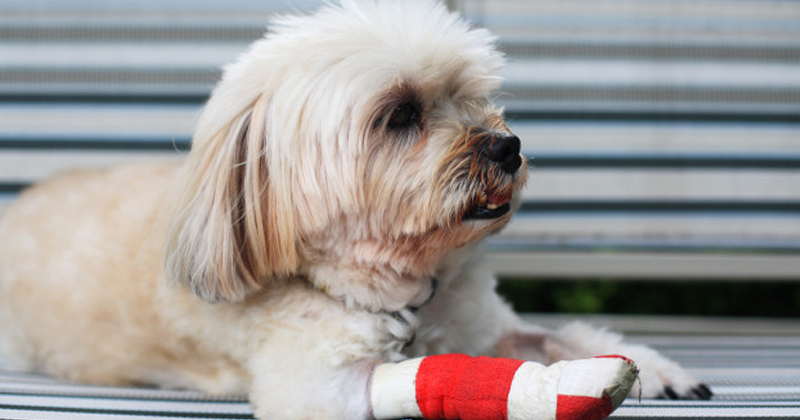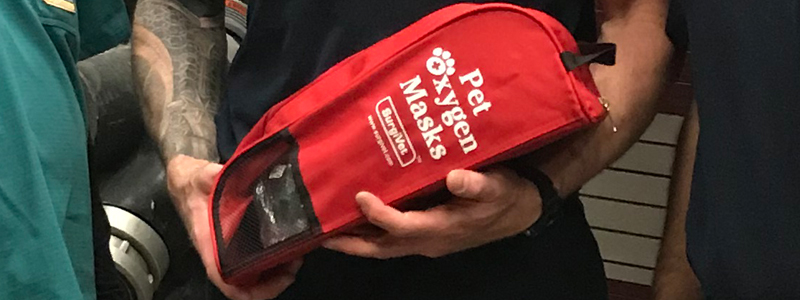BY SAMANTHA BARTLETT, DVM
We all know that obesity is an epidemic in our pet population. As professionals in the veterinary field, we see evidence of this problem multiple times a day. It is estimated that one-third of pet dogs and cats in the United States is overweight. Nationwide Insurance conducted a retrospective study on pet insurance claims within the company for conditions related to obesity. The obesity trend has been documented by Nationwide for the past 8 years showing a 24% increase over this time period.
The study data reported 20% of insurance claims among Nationwide members were for conditions related to obesity in pets. The total cost of these claims was over $69 million. Nationwide went further and sorted the claims in to the 10 most common conditions related to obesity in cats and dogs. Among these conditions for both species are liver disease, arthritis and orthopedic conditions, urinary/kidney disease, and heart disease.
All of this data suggests that pet owners do not understand the severe consequences of obesity on pet health and most likely do not know what an ideal body condition looks like. Education on both counts is key to battling this epidemic. While convincing a pet owner that their dog or cat is obese is a bigger challenge than one might think, it can pay off in the long run by creating a happier and longer-lived pet. Sometimes convincing an owner their pet needs to lose weight takes several repetitions over many visits.
Convincing a pet owner their pet needs to lose weight is only the beginning. Weight loss for pets is a collaborative effort between us and the pet’s family. Everyone has to be on the same page for it to work. Researchers suspect that feeding habits play a big role in weight gain for pets. Respondents to a “better Cities for Pets” survey admitted that they give their pet food any time they beg for it (54%) and many admitted to overfeeding their pet to keep them happy (22%). Researchers have estimated that most owners determine the quantity of food for their pet by guessing rather than actually measuring portions.
Based on that finding, one suggestion to help owners with weight loss for their pet include actually measuring portions based on calorie calculations by the veterinarian to ensure that they aren’t overfeeding at each meal. Advise pet owners on low calorie treats or cut out treats entirely to avoid hidden calories that could be sabotaging their pet’s weight loss effort. One way to do this is to eliminate table scraps from the diet. Educate owners that feeding guidelines on the bag are not necessarily appropriate for their pet’s individual needs. Of course, beyond feeding, exercise also plays a role in weight loss. Encourage your clients to take their pets on longer or more frequent walks. Depending on the pet’s overall healthy, you could even suggest a daily exercise schedule to help the pet lose weight and increase his overall health.
Finally, encouraging owners to bring their pet in for bi-weekly or monthly weigh-ins provides a feeling of a team approach and allows you and your staff to provide encouragement at milestones are met. By actually being able to see the progress with weigh-ins and being made accountable to the veterinary staff, owners are encouraged to keep up their efforts and to feel they have a much bigger involvement in their pet’s health and well-being.











